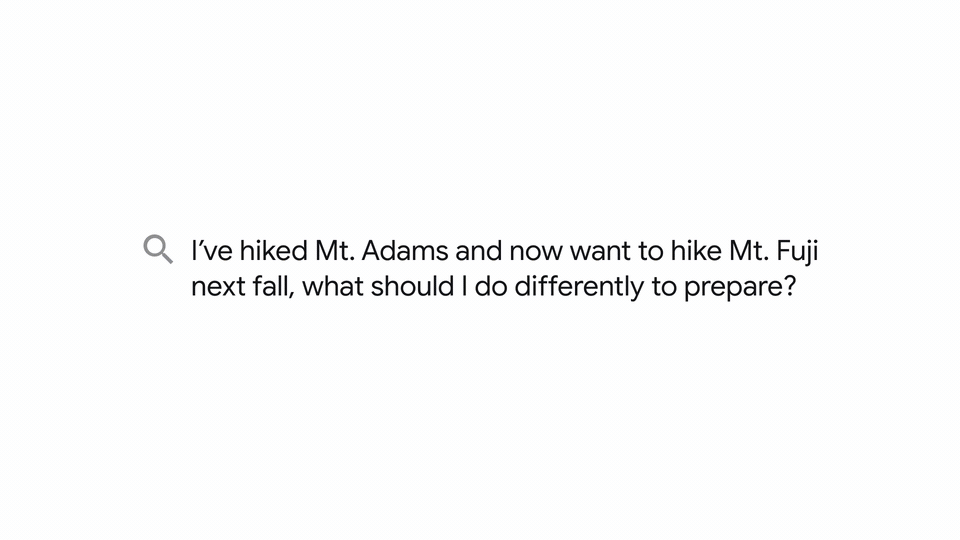Google MUM Update – How it will affect SEO
Write for users, not search engines, is the recommendation for a successful SEO strategy, with the impending changes to come.

MUM is Google’s new technology and aims to provide a more improved search experience to users.
With the help of MUM, users will not have to do many Google searches to find the desired answer to their query.
If it works as predicted, it will fundamentally change how search results appear and how we use Google search.
But the important question is, will it ultimately affect SEO?
What is MUM Technology?
To make the MUM technology easier to understand, let’s follow the following scenario:
– You have hiked in Mainalo.
– Now you want to hike Mount Olympus and you want to learn how to prepare properly.
You should search on Google:
- the altitude of the mountain
- the average temperature
- the difficulty of the hiking trails
- the appropriate equipment
After many searches, you will finally be able to get the answer you need.
“On average users make 8 searches to get an answer to these types of questions”
Whereas if you were to talk to a hiking expert, you would have a comprehensive answer on the things you need to do to prepare properly.
This is the problem that MUM technology wants to solve.

This is a new Google AI model (Multitask Unified Model), which aims to help users who are looking for an answer to complex searches.
It is designed to analyze and create content as a human would.
It is an evolution of the BERT algorithm, only 1000 times more powerful.
How Search will Change using MUM
The goal of MUM technology is to answer complex search queries by displaying a result.
Of the features associated with MUM, most resemble an advanced recommender system.
The features we know so far are:
New Search Options in Lens
We will be able to use Google Lens to learn useful information from a photo.
For example, we can take a picture of a shirt and find socks with the same design:

We’ll also be able to upload a photo of a bike part and ask Google how to fix it or where to buy a part.
If it works properly, it will really be very useful for the end user.
Larger Images in Search
Images will be enlarged in some search results:

This does not require AI to implement, but it will be up to MUM to decide when to activate the larger dimension of the images.
Advanced Video Understanding
With the help of MUM, Google will be able to analyze videos and direct users to different parts of the video based on the search query.
New Recommendations Feature

Google adds the new Things to know feature.
This is an advanced recommendation system, similar to People also ask.
The main difference is that the People also ask feature usually only takes you a step or two beyond the search, while the Things to know feature aims to follow you all the way through the search.
What will Change in Google Rankings?
With the new changes, ranking a website in a specific position in the search results will be largely useless.
First of all, with so many features occupying the top of the search results, it won’t make much sense where your website ranks.
Second, MUM will look more carefully at the feasibility of a search query.
This means that two different people using the exact same query will probably get two different search results.
Search history, location, stage of the buyer’s journey and overall user content preferences will be key ranking criteria. This is still happening today at Google, but it will become much more intense with MUM.
Finally, Google is moving away from showing 10 similar pages in organic search results and moving to a multimodal model where different types of information will be displayed.
In summary, in Google’s new model of search results, one website will not compete with the other, since the ranking criteria will be different for each user.
Of course, the best practices for promoting websites to search engines will still apply.
What matters is that web page content is written with the user in mind, not the search engines.